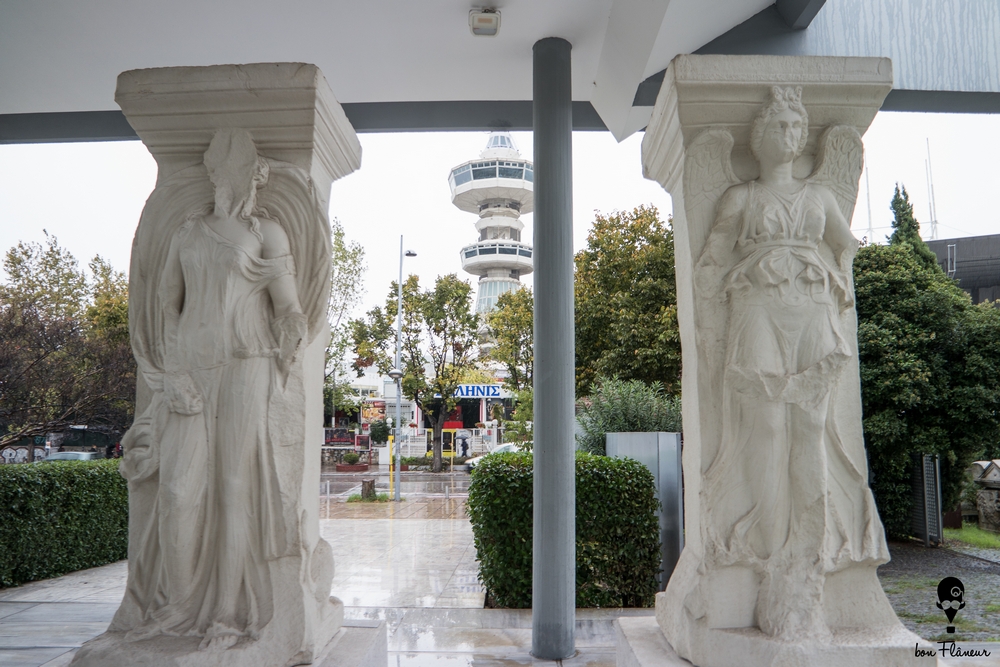Las Incatadas
The Incantadas were sculptures of the Roman colonnade of the Stoa of Idols, which probably decorated the main entrance of the Roman Agora.
Location
Timeline
Modern and Contemporary era (1912 - )
Ottoman era (1453- 1912)
1752 The first drawing representation of the monument by Stuart and Revett takes place.
1864 Removed and transferred to France by Emmanuel Miller.
Byzantine era (331 AC- 1453)
Roman era (30 BC- 330 AC)
Made during this era.










Share